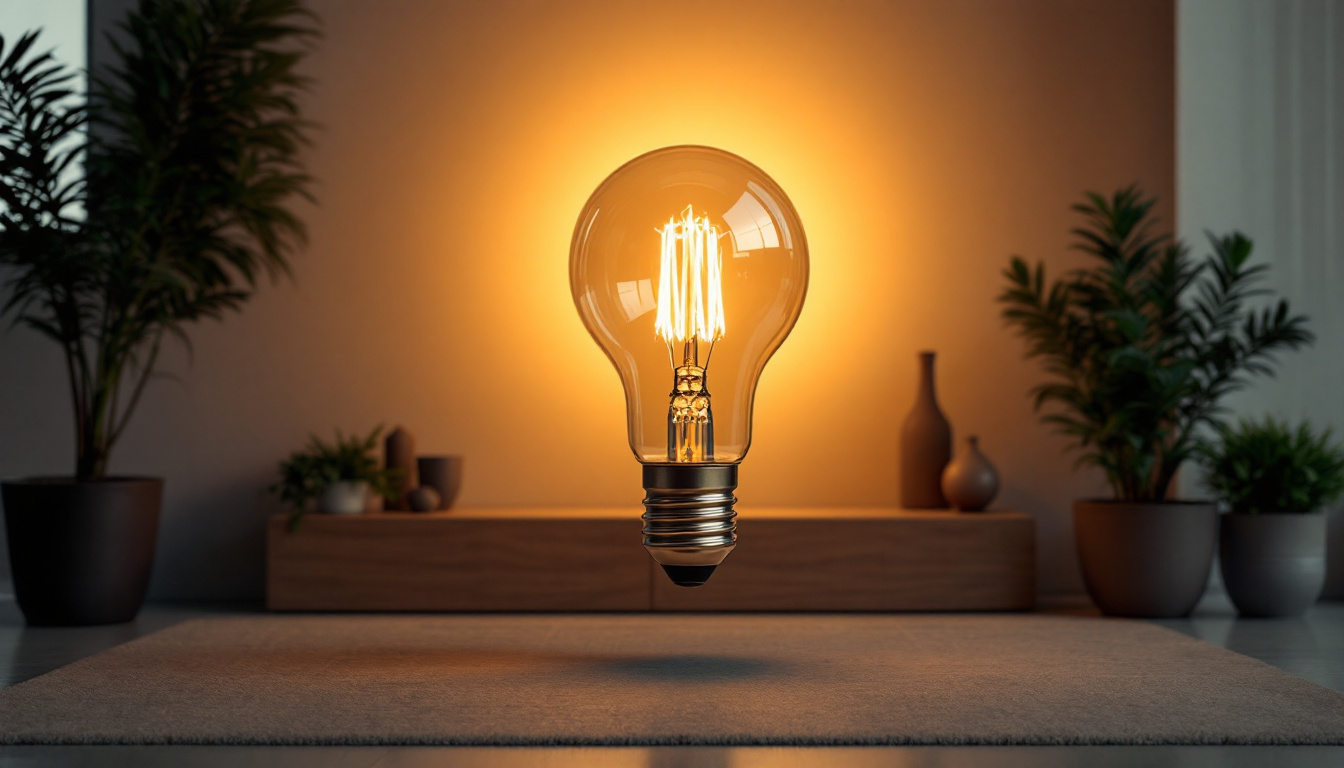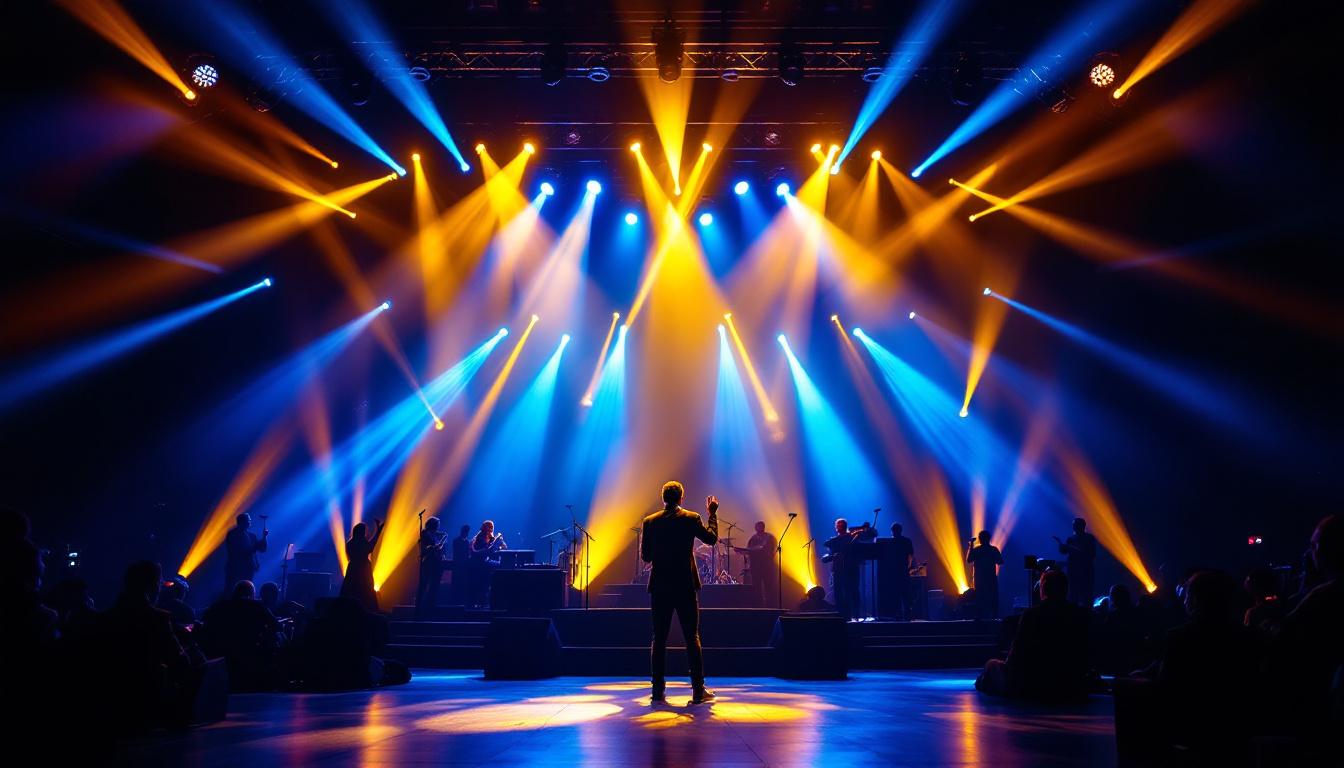
LED sport lighting has revolutionized the way athletic facilities are illuminated, offering energy efficiency, longevity, and superior light quality. However, despite the clear advantages, many lighting contractors encounter pitfalls when designing and installing LED sports lighting systems. These mistakes can lead to suboptimal performance, increased costs, and client dissatisfaction. This article explores the most common errors lighting contractors make with LED sport lights and provides insights on how to avoid them for successful project outcomes.
One of the primary mistakes contractors make is failing to tailor LED lighting designs to the specific sport and level of play. Different sports—such as football, baseball, tennis, or soccer—have unique lighting requirements governed by industry standards like those from the Illuminating Engineering Society (IES) or the International Dark-Sky Association (IDA). For instance, a professional soccer field demands higher uniformity and minimum foot-candle levels compared to a community baseball diamond. The specific angles of play, the speed of the game, and the type of ball used all contribute to how lighting should be designed, ensuring that athletes can perform at their best without the hindrance of poor visibility.
Ignoring these standards can result in uneven lighting, glare issues, or insufficient illumination, negatively impacting player performance and spectator experience. Lighting contractors must thoroughly review the relevant guidelines and collaborate with facility managers to understand the intended use and competition level before finalizing designs. Furthermore, they should consider the time of day and seasonal changes that may affect natural light availability, ensuring that artificial lighting compensates adequately. This attention to detail not only enhances the quality of play but also elevates the overall atmosphere of the sporting event, making it more enjoyable for fans and players alike.
Uniformity of light distribution is critical in sports lighting to avoid shadows and bright spots that can distract players or impair visibility. Contractors sometimes focus solely on achieving the required average foot-candle levels without ensuring uniformity ratios meet recommended criteria. This oversight can cause uneven playing surfaces and safety concerns. For example, in basketball, where quick movements and precise shots are vital, any shadow or bright spot on the court can disrupt a player’s focus and performance, potentially altering the outcome of a game.
Additionally, glare control is often underestimated. Improper fixture aiming or selection can cause excessive glare, affecting athletes’ vision and even disturbing neighbors. Utilizing fixtures with appropriate beam angles and shielding, as well as precise aiming, is essential to minimize glare and light trespass. Moreover, the choice of color temperature can play a significant role in how players perceive their environment; cooler temperatures can enhance contrast and depth perception, which is particularly beneficial in fast-paced sports. Contractors should also consider incorporating dimming capabilities and smart lighting solutions that can adapt to various conditions, ensuring optimal performance and comfort for all users.
Effective LED sport lighting starts with a detailed site analysis. Contractors sometimes skip or rush this step, leading to designs that don’t account for critical factors such as field dimensions, mounting heights, surrounding structures, and environmental conditions. Without this information, fixture placement and aiming can be inaccurate, resulting in poor light coverage or unnecessary energy consumption.
Site analysis should include assessing potential obstructions, existing electrical infrastructure, and local lighting ordinances. Using photometric modeling software during this phase can help visualize light distribution and identify problem areas before installation. Furthermore, understanding the unique characteristics of the site—such as soil type, drainage patterns, and weather conditions—can also influence the choice of fixtures and their installation methods. For instance, areas prone to high winds may require sturdier mounts to withstand the elements, while regions with heavy rainfall might necessitate additional waterproofing measures to ensure the longevity of the lighting system.
Not all LED sport lights are created equal. Selecting fixtures without considering lumen output, color temperature, color rendering index (CRI), and durability can compromise lighting quality and system longevity. For example, fixtures with low CRI may render colors inaccurately, which is problematic for televised events or sports where color differentiation is important.
Moreover, contractors sometimes opt for lower-quality or incompatible components to reduce upfront costs, only to face frequent maintenance issues or premature failures. Investing in high-quality, purpose-built LED sport lighting fixtures ensures better performance and reduces total cost of ownership. It’s also essential to consider the energy efficiency of the fixtures; those with higher efficacy ratings not only provide better illumination but also contribute to lower operational costs over time. Additionally, selecting fixtures that offer adjustable beam angles can enhance versatility, allowing for tailored lighting solutions that meet the specific needs of different sports and events.
Sports facilities often evolve, requiring lighting systems that can adapt to changes such as field expansions, new sports, or upgraded technology. Contractors who don’t consider scalability during design risk creating systems that are difficult or costly to modify later.
Additionally, maintenance accessibility is frequently overlooked. Fixtures mounted at great heights or in hard-to-reach locations can increase maintenance time and expenses. Designing with maintenance in mind—such as using fixtures with quick-release mechanisms or planning for safe access—improves long-term operational efficiency. Furthermore, incorporating smart lighting technology can facilitate easier monitoring and control of the lighting system, allowing for real-time adjustments and diagnostics that can preemptively address issues before they escalate. This proactive approach not only enhances the user experience during events but also extends the lifespan of the lighting infrastructure, ensuring that facilities remain competitive and functional for years to come.
Even the best-designed lighting system can fail if fixtures are not properly aimed and aligned during installation. Contractors sometimes rely on rough estimates or manufacturer presets rather than precise aiming tools and techniques. This can lead to uneven light distribution, glare, or light spillage into unwanted areas.
Using laser aiming devices and following photometric plans rigorously ensures that each fixture delivers the intended light pattern. Post-installation measurements with light meters help verify that the system meets design specifications. Additionally, incorporating adjustable mounting brackets can provide flexibility for fine-tuning the angles of fixtures even after installation. This adaptability is crucial, especially in dynamic environments where the lighting needs may change over time, such as sports fields or event venues.
LED sport lights require stable electrical supply and effective thermal management to perform optimally. Contractors occasionally overlook the importance of proper wiring, surge protection, and heat dissipation. Poor electrical connections can cause flickering or premature LED driver failures, while inadequate heat management shortens fixture lifespan.
Ensuring compliance with electrical codes, using high-quality wiring and connectors, and selecting fixtures with robust heat sinks or cooling systems are essential steps during installation. Furthermore, regular maintenance checks on electrical components and thermal performance can help identify potential issues before they escalate. Implementing a proactive maintenance schedule not only extends the life of the lighting system but also ensures that it continues to operate at peak efficiency, providing consistent illumination for users.
Rushing through the commissioning phase or skipping comprehensive testing can mask issues that only become apparent during actual use. Contractors sometimes fail to conduct full system tests under various conditions, including night-time operation and different weather scenarios.
Commissioning should include verifying light levels, uniformity, glare, and control system functionality. Addressing any deficiencies before project handover reduces callbacks and enhances client satisfaction. Additionally, involving end-users in the testing phase can provide valuable feedback on the lighting performance and usability. This collaborative approach not only fosters a sense of ownership but also helps to ensure that the lighting system meets the specific needs and expectations of those who will be using it regularly. By prioritizing thorough testing and user engagement, contractors can significantly improve the overall success of the installation project.
Modern LED sport lighting systems can integrate sophisticated controls such as dimming, scheduling, and remote monitoring. Contractors who install static systems without these features miss opportunities to optimize energy use and extend fixture life.
Implementing controls that allow for dimming during non-peak hours or adjusting lighting based on occupancy and ambient light can significantly reduce operational costs. Additionally, remote monitoring facilitates proactive maintenance and rapid troubleshooting.
While LED fixtures are inherently more energy-efficient than traditional lighting, improper design and operation can negate these benefits. Over-lighting fields or running lights unnecessarily wastes energy and increases expenses.
Contractors should design systems that meet but do not exceed lighting requirements, incorporate controls to reduce usage when full illumination is not needed, and educate clients on best practices for operation.
Communication gaps between contractors and clients often lead to misunderstandings about project scope, performance, and maintenance responsibilities. Contractors sometimes fail to explain the capabilities and limitations of LED sport lighting systems clearly.
Providing detailed proposals, including photometric reports, energy savings estimates, and maintenance plans, helps clients make informed decisions and sets realistic expectations.
After installation, clients need comprehensive documentation covering system operation, maintenance schedules, and troubleshooting procedures. Contractors who provide minimal or unclear documentation risk leaving clients unprepared to manage their new lighting systems effectively.
Offering training sessions and easy-to-understand manuals empowers facility managers to operate and maintain the lighting system optimally, reducing downtime and enhancing satisfaction.
LED sport lighting offers unparalleled benefits for athletic facilities, but achieving optimal results requires careful attention to design, installation, and client collaboration. Lighting contractors must avoid common mistakes such as neglecting sport-specific standards, inadequate site analysis, improper fixture selection, and poor commissioning practices. Emphasizing uniformity, glare control, energy efficiency, and effective communication leads to successful projects that delight clients and enhance sports experiences.
By adopting best practices and leveraging modern technologies, contractors can ensure LED sport lighting installations that are efficient, durable, and tailored to the unique demands of each sporting venue.
Ready to elevate your LED sport lighting installations to the next level? At LumenWholesale, we provide lighting contractors with the highest quality, spec-grade lighting products at unbeatable wholesale prices. Say goodbye to the middleman and hello to superior lighting solutions that meet rigorous industry standards. With our hassle-free bulk buying and free shipping, you can trust that you’re getting premium lighting at the best value — no hidden fees, no compromises. Enhance your athletic facilities with reliable, high-performance lighting and experience the LumenWholesale difference. Wholesale Lighting at the Best Value is just a click away.

Discover how hanging garden lights are revolutionizing outdoor spaces with innovative design and easy installation.

Discover essential insights into decorative fixture bulbs tailored for lighting contractors.

Explore the critical role of laboratory lighting in enhancing precision and safety.

Discover essential insights on stage lights for church venues, including key tips for lighting contractors to enhance worship experiences.